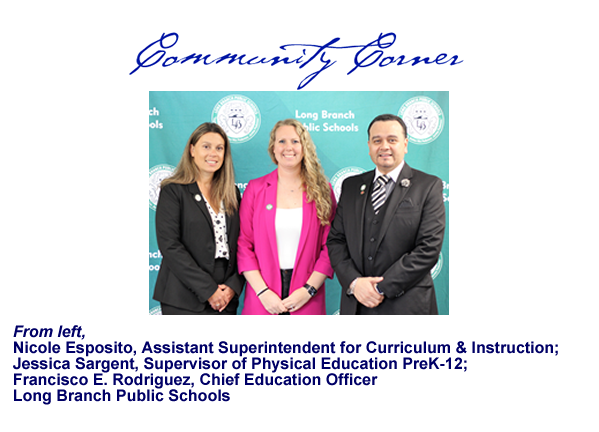- NJASA
- Community Corner June 23
-
Growing & Nurturing Community Partnerships
As school administrators, we have a unique opportunity to develop strong relationships within our district as well as forge strong partnerships with the surrounding community. The dedication and commitment that is needed to grow and develop community relationships can be compared to the life-cycle of flowers. Specifically, the nurturing that is necessary during each stage of development, allowing flowers to thrive and bloom can be compared to the devotion that is needed when school administrators initially establish community partnerships. Forging relationships with community members will allow school administrators to plant strong roots in the community that will ultimately impact students, families, and community members.
Stage 1: Planting the Seeds; Trusting the Process
Planting seeds is the first step in educational collaboration between administrators and community members. Ambitious school leaders strive to provide access and opportunity to students in order to give exposure to new experiences that aid in the learning process. More times than not, these learning opportunities can be found within the surrounding community. To develop these partnerships, educational leaders need to deliver a clear vision with defined expectations that will promote buy-in from all key stakeholders. As a result, a trusting and supportive partnership within the schools and community will begin to cultivate into a collaborative environment that will better serve not only the community, but our students.
Stage 2: Establishing Strong Roots; Nurturing the Process
The nurturing process is an important part of the life-cycle because as the flower transforms, certain resources need to be provided. Having frequent communication, recognizing perspective, and establishing trust are ways educational leaders can nurture the relationships formed and continue to implement new innovative opportunities for students to engage in and outside of the classroom.
Stage 3: Supporting the Sprouting Development; Having a Growth Mindset
As a flower grows and develops, weeds and other damaged parts may begin to surround the flower, which would need to be removed, so new growth can be visible. Comparably, administrators need to do away with old practices to make room for new growth and ideas. In order to do so, inclusive planning needs to take place with all stakeholders encouraging everyone to have a voice. The growth that will occur throughout this stage, internally and externally, will allow for new programs and experiences. Once ideas begin to sprout and the defined expectations have been met it is important to celebrate achievements and provide recognition.
Stage 4: Blooming & Flourishing; Thriving Alongside the Community
A flower that has been nourished and cared for, will begin to thrive and blossom. Maintaining positive influences within the community achieves educational goals, tying to increased student success. Providing students with hands-on experiences in trades and culinary businesses, access to resources and services provided by parks and recreation, and networking opportunities through local college mentorship programs will foster a well-rounded student and community member.
Overall, educational leaders play a pivotal role alongside the community to inspire and empower young students to reach their highest potential. Networking and creating positive relationships will lead to a more fair and just society preparing students for opportunities beyond the classroom.



